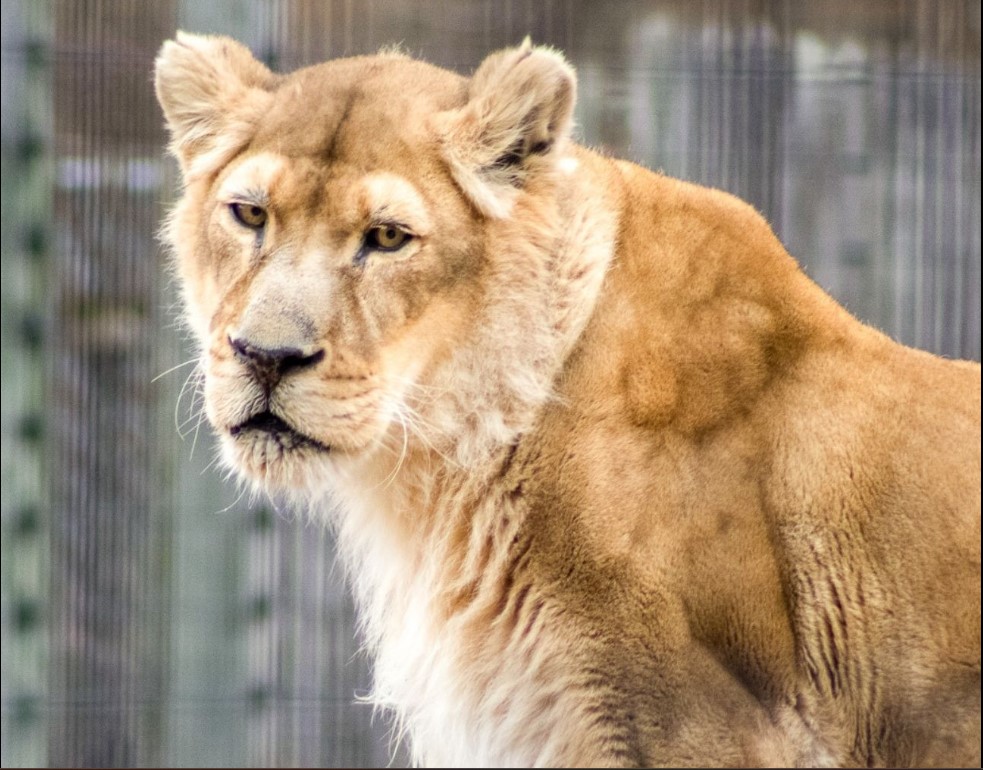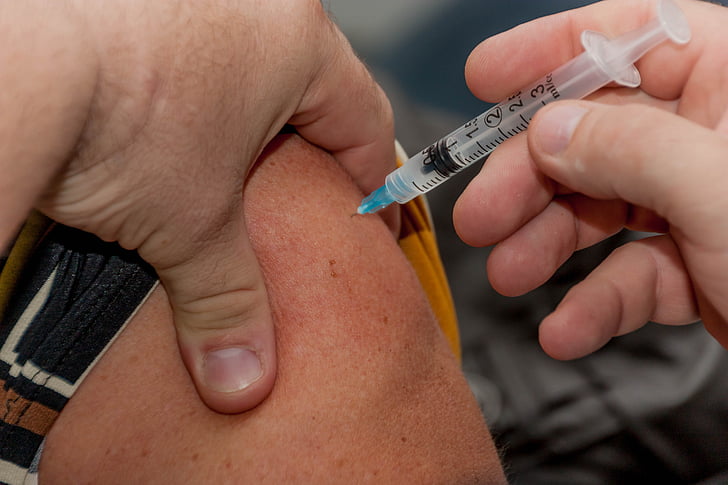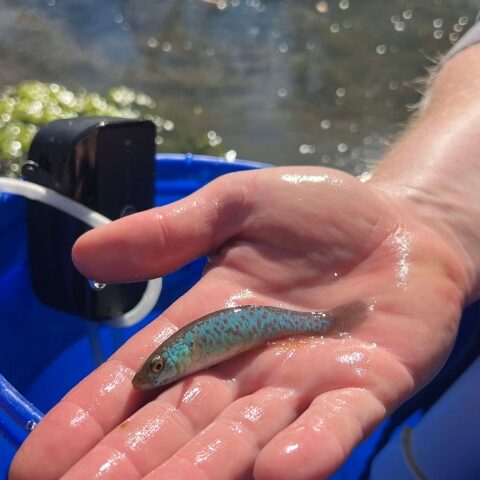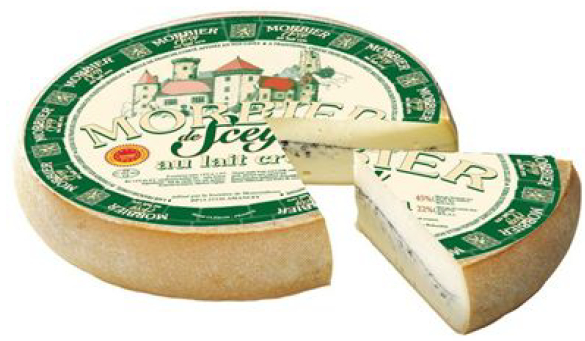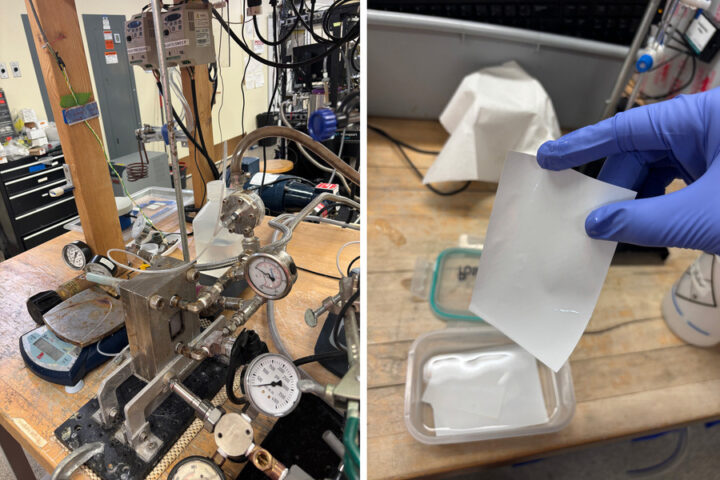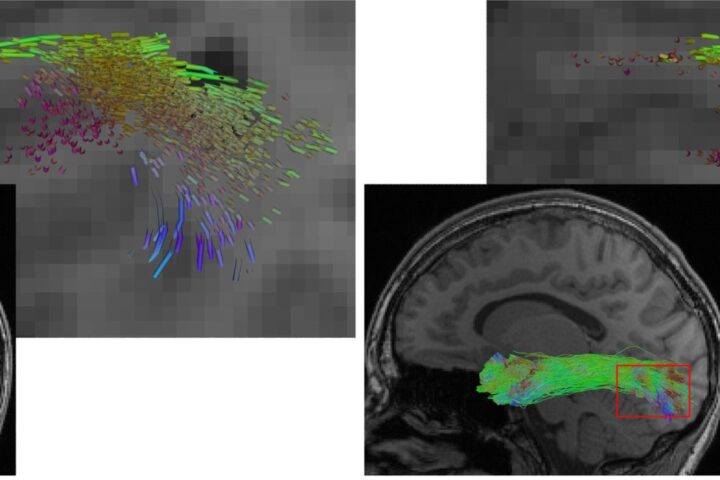A 20-year-old lioness named Aija died Monday at Wisconsin’s NEW Zoo, living well beyond the 10-14 year life expectancy of wild lions. Zoo staff used humane euthanasia after monitoring her age-related health concerns.
Aija arrived at NEW Zoo in May 2006, quickly becoming known for her unique feeding habits. “She preferred taking bits of food from feeding tongs rather than eating off the ground,” said Carmen Murach, NEW Zoo Director. Her consistent eating patterns helped keepers observe her daily routines.
Her medical cooperation proved remarkable. Aija allowed blood samples taken from her tail while staying calm – a behavior that made regular health checkups possible. This cooperation helped keepers provide consistent healthcare throughout her life.
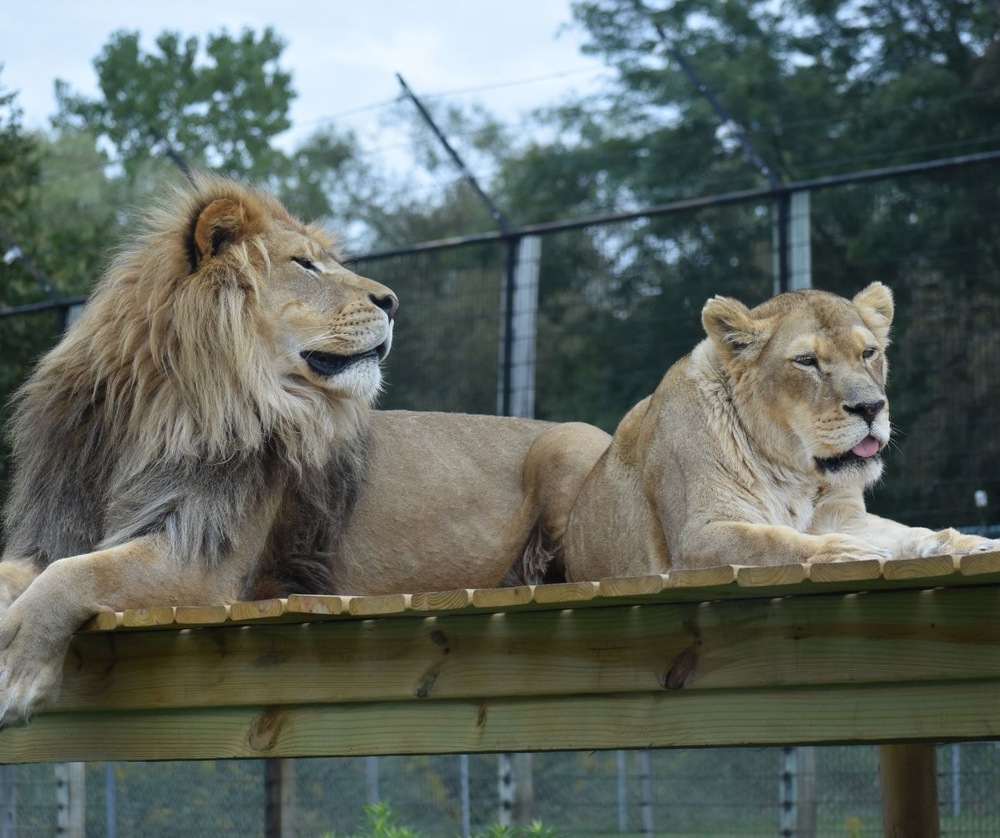
Her impact extended beyond personal care. In 2008, Aija gave birth to three cubs, all later moved to other accredited zoos, strengthening the captive lion population’s genetic diversity. Her evening roars, though quieter than Loid’s, carried miles beyond zoo grounds, reminding nearby residents of the wild heritage these animals maintain even in care settings.
Aija formed an unusually close bond with Loid, a male lion who joined the zoo in 2017. “Unlike many adult male lions who seem content to be independent, Loid has always been strongly bonded with Aija, preferring to be near her rather than apart,” Murach explained.
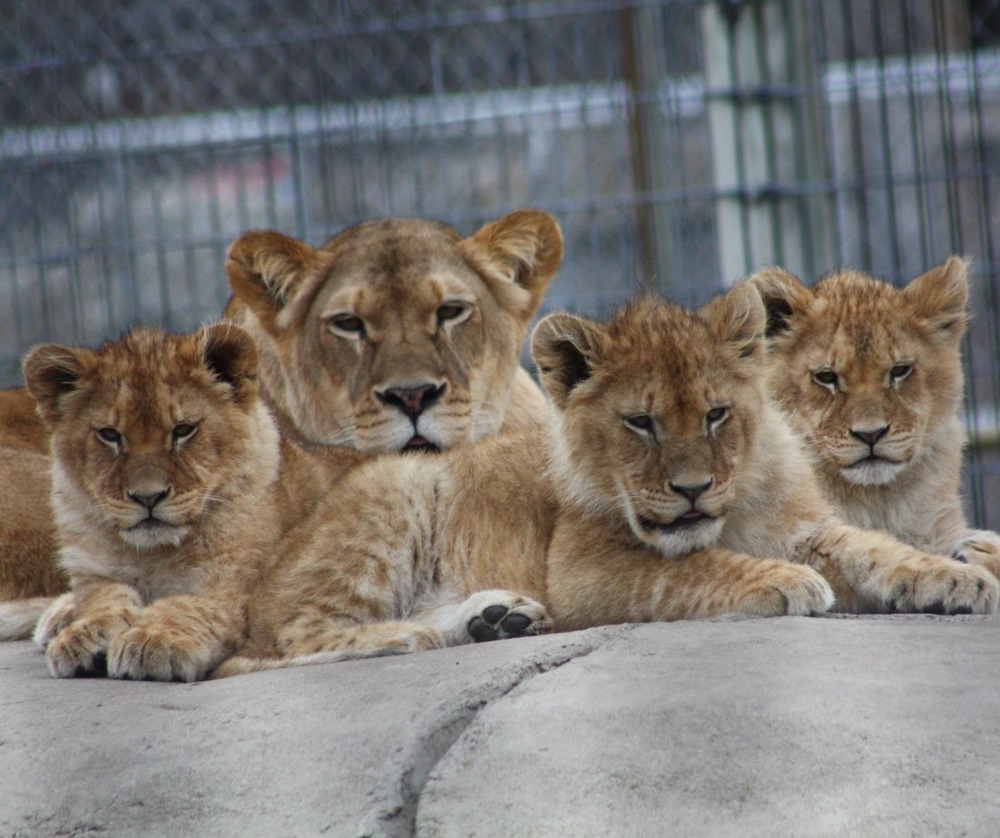
Similar Posts
Now, keepers face practical challenges helping Loid adjust. They’ve added enrichment activities and encourage winter visitors, as Loid shows clear interest in watching people. The zoo works with the Association of Zoos and Aquariums’ African Lion Species Survival Plan to possibly find him a new companion.
Her 20-year lifespan significantly exceeded wild lions’ typical 10-14 years. This longevity demonstrates how modern zoo practices, including regular medical care, proper nutrition, and dedicated animal care, help big cats thrive.

The NEW Zoo team monitors Loid closely during this transition. His changed behavior since Aija’s death shows how lions form strong social bonds, contributing to our understanding of lion behavior in care settings.
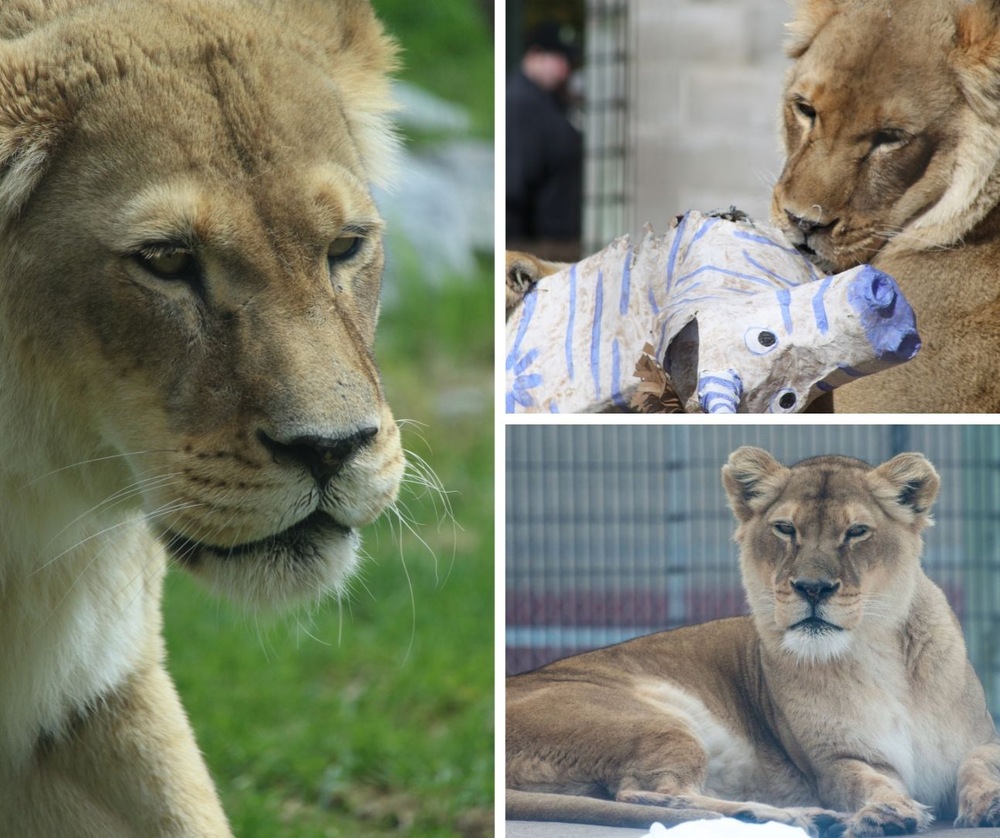
“Every zoo guest these days will make a difference for him,” Murach noted, highlighting how even winter visitors contribute to Loid’s well-being during this adjustment period.
